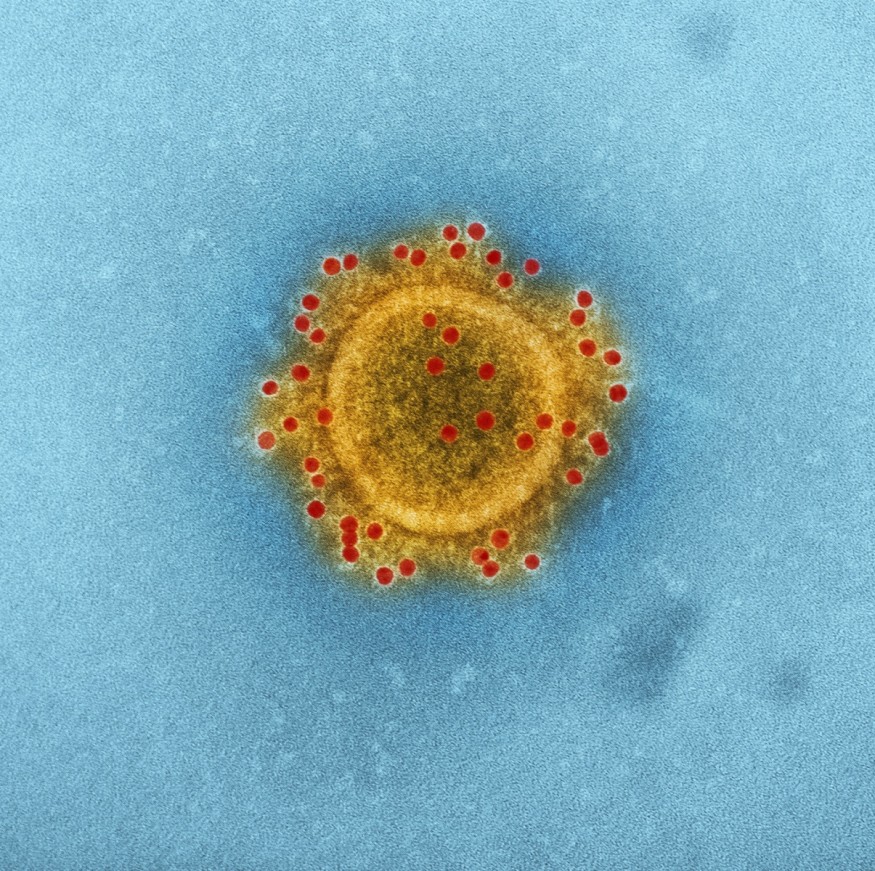A Nipah virus outbreak has spread across India and several other Asian countries, as the total death toll has reached more than 100 amid nearly 300 cases, according to reports.
In India's Kerala state, some schools and offices were forced to close as local authorities imposed restrictions to mitigate or stop the spread of the deadly pathogen.
Nipah Virus Outbreak

While there have been related outbreaks in previous years, the current one centers in the southern state of Kerala, wherein six people are infected with the bat-borne Nipah virus. Two of these people have already died since the pathogen emerged in late August.
Aside from India, there have been reports of Nipah virus outbreaks in its neighboring country Bangladesh, as well as nations further in Southeast Asia like Malaysia and Singapore. Prior to the ongoing outbreak, health experts have called for a hasty development of a vaccine against Nipah virus.
What is Nipah Virus?
Nipah virus (Nipah henipavirus) is a pathogen and a zoonotic type of virus transmission that infects humans and other animals. Zoonotic transmissions mean that a pathogen can spread between animals and people.
Since its first discovery in 1999, when related outbreaks were reported in pigs and people in Malaysia and Singapore, the Nipah virus has been designated by health authorities as a disease with a high mortality rate.
According to the Centers for Disease Control and Prevention (CDC), fruits bats are the natural animal host for Nipah virus, but they can also cause illness in pigs and humans. The most common Nipah virus symptoms are encephalitis (swelling of the brain), prolonged fever, headache, and difficulty in breathing. An infected person can experience mild to severe illness and even death.
Is Nipah Virus Curable?
What makes the Nipah virus deadly, aside from its life-threatening symptoms, is it has no known cure or vaccine for both infected humans and animals.
Yet, the CDC says that a Nipah virus infection can be prevented by avoiding sick bats and pigs in areas exposed from the virus. In addition, not drinking raw date palm sap, which can be contaminated by an infected bat, is another way to evade from the virus.
Unlike COVID-19, Nipah virus transmissions are relatively lower. However, its deadly symptoms make up for its low transmission rate. According to the World Health Organization (WHO), its case fatality rate is estimated to range between 40% and 75%; this rate can vary for each outbreak depending on local measures such as containment and surveillance measures.
Nipah Virus in Children
During the COVID-19 pandemic, children are somehow remarkably more resilient to the SARS-CoV-2 virus than adults and elderly people. However, this young age group seems to be vulnerable to the Nipah virus, particularly among children with developing immune systems.
Nipah virus in children can involve symptoms like adults, including fever, headache, cough, breathing difficulties, vomiting, seizures, muscle pain, and weakness. According to experts, early recognition of these symptoms and appropriate supportive care can help infected children.
Related Article: Can Deadly Indian Nipah Outbreak Lead to the Next Global Pandemic?
© 2025 NatureWorldNews.com All rights reserved. Do not reproduce without permission.




